
Teachers heading back to school this year are facing more uncertainty than nearly any back to school time in history. Will school start with distance learning? Will we start with classroom learning then be forced to go back to distance learning? Not being able to predict what this year will look like is hard for students, teachers, and parents. But, it is especially hard on teachers who are trying to plan and prepare curriculum. Although we cannot control the uncertainty, the good news is that there are steps you can take to make your reading block more flexible and alleviate the anxiety that comes with an unprecedented back to school season.
One of the ways I am helping teachers be prepared is by creating flexible curriculum that teachers can use in many different scenarios. It’s important to start off the year using resources that work for both in-person and distance learning, as it will ensure a smoother transition if you have to flip-flop between the two.
When Covid emerged last spring, many teachers were forced to utilize technology in ways they never had before. This change has been extremely challenging. But has also forced us to consider how we can utilize technology to enhance our instruction during normal classroom instruction scenarios as well.
How can we make our reading block lessons flexible? This part is tricky. I feel like one of the most important things when teaching is having close proximity to our students to see their engagement, read their expressions, and pivot when we need to. However, if you start utilizing flexible lessons at the outset, your students will be ready for a change in setting if necessary.
Use Google Slide or PowerPoint presentations to make your reading block more flexible. You can use them to display anchor charts, create practice slides, integrate You Tube read-alouds, and provide places for students to track their thinking. If you are teaching in the classroom, teachers can use these in presentation mode to introduce the skill whole class. They can also be used as review for individual students on devices. If you are distance learning, you can present these slides to students whole group, or assign them for students to go through at their own pace. Integrated videos, You Tube read alouds, graphic organizers, and exit tickets make this possible for self-paced learning as well.
Use materials that can both be printed, or used with one-to-one devices. I recommend independent reading books and journals or printable and digital passages.
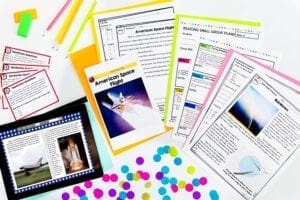
Differentiated leveled guided readers and passages are great for guided reading. If you use readers like the Guided Readers in my comprehensive Skill Packs, you can assign students the links for remote learning. This is also a great differentiation tool since they have the capability to be read-aloud to students. You can also assign corresponding comprehension questions and graphic organizers through Google Slides.
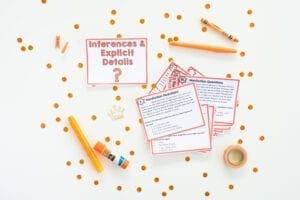
Keep centers simple! I recommend an independent reading center (which is the most important!) and a skills-focused centers. For the skills-focused center, I like to use task cards. You can use printable task cards in the classroom, or Boom cards both in the classroom and remotely. I love using Boom because they include audio for students who need extra support, plus they self-correct!
It really helps to utilize assessments that can be printed in the classroom or used remotely. I will be posting more about assessing students virtually in my next blog post.
Between back to school uncertainty, health concerns, and planning and curriculum challenges, teachers are being asked to balance a lot. I hope these tips for creating a flexible reading block help relieve some of the anxiety you are likely feeling with this uncertain back-to-school season.
Keep doing all of the amazing things you do for your students!
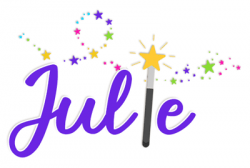
We strive to create resources that empower teachers and transform student success. We create skill-focused resources that promote critical thinking, enhance student engagement, and incorporate diversity. Our goal is to develop the tools teachers need to reach their students and foster a lifetime of learning.
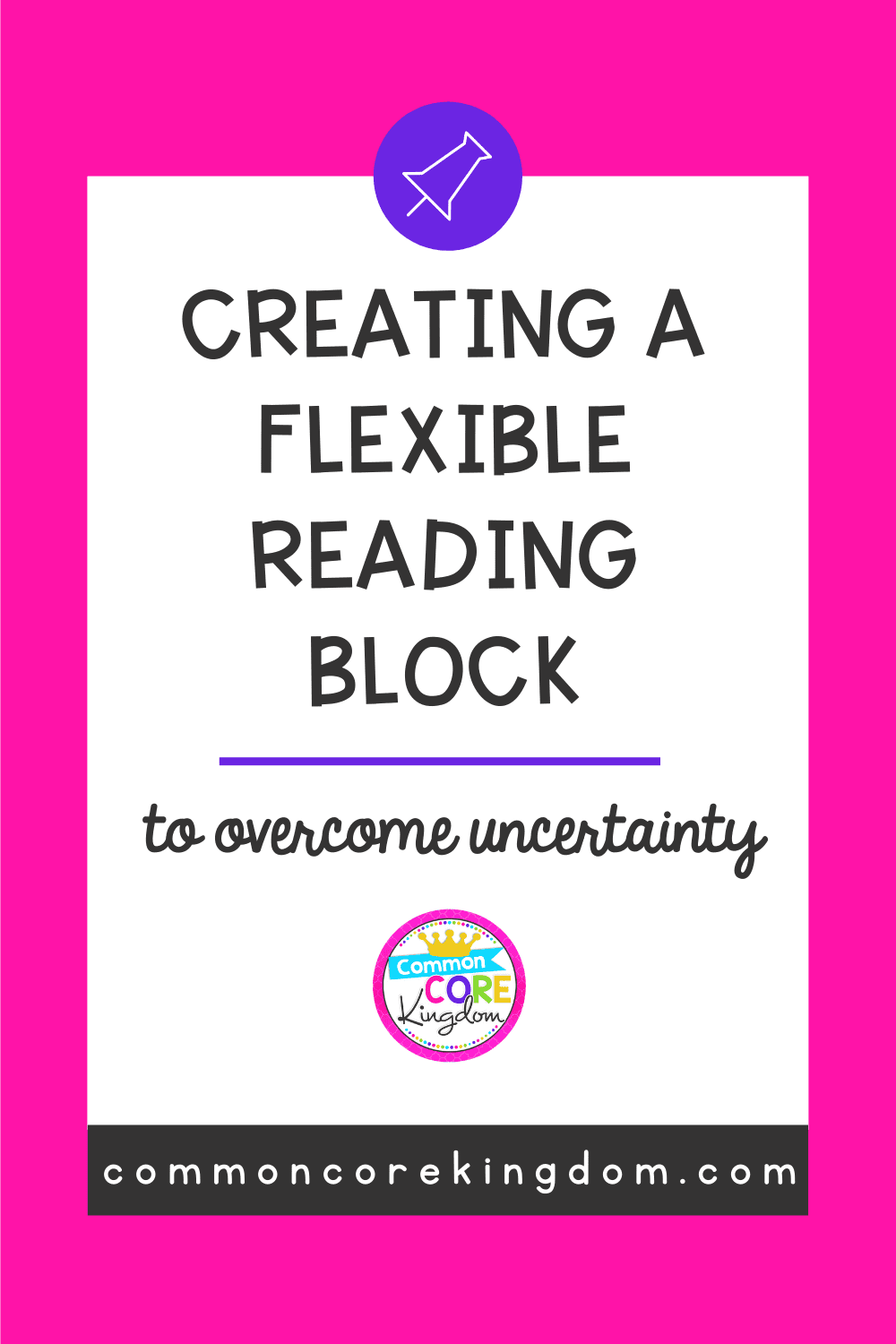
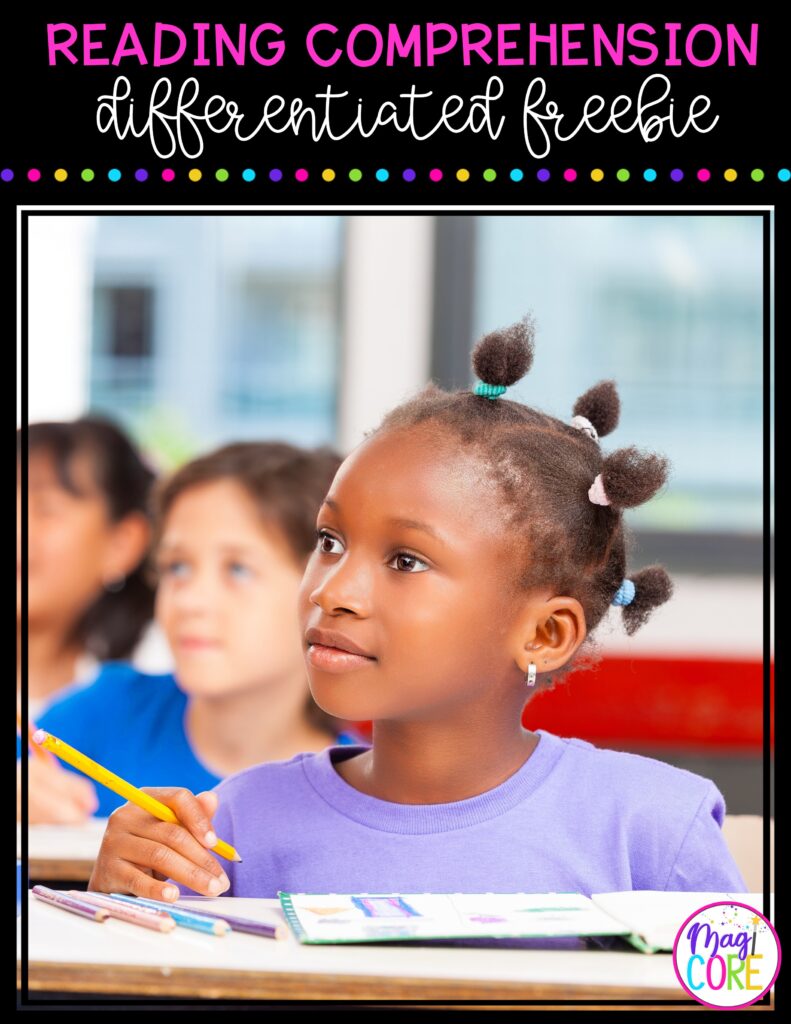
One Response
Thanks for this! It came at the perfect time in my life.
Sandy:)